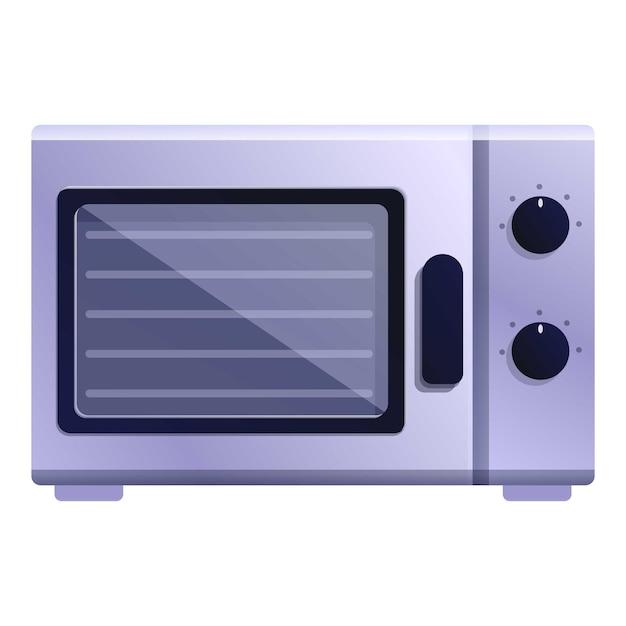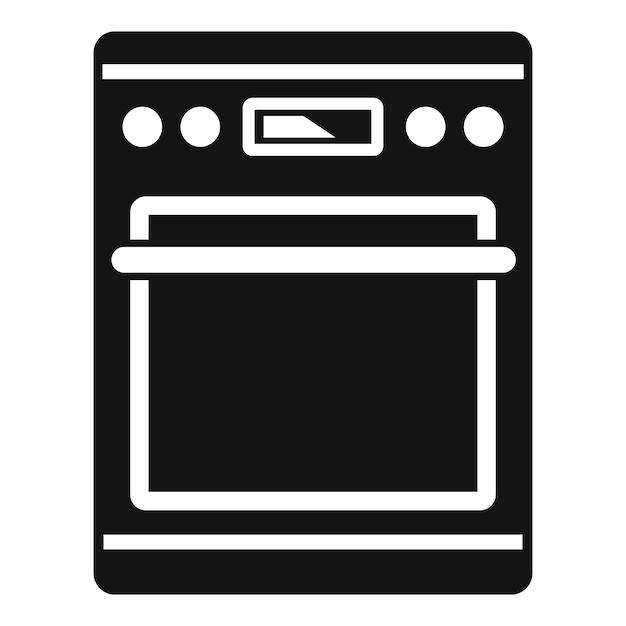Have you ever wondered about the temperature at which a proofing oven operates? If you’re a baking enthusiast or someone who simply loves the process of making homemade bread, this blog post is for you. In this comprehensive guide, we’ll delve into the fascinating world of proofing ovens and explore everything you need to know about their temperature settings.
To begin, let’s briefly understand what happens during the proofing and rising process. Proper proofing allows the dough to ferment and rise, resulting in fluffy, flavorful bread. But where should you leave your dough to rise overnight? Can you proof dough in the oven? How long should the dough be proofed? These questions often arise in the minds of baking enthusiasts, and we’ll address them here.
We’ll also explore alternatives to using a dedicated proofing drawer or proofer. Did you know you can even use the sun for proofing? But be cautious – can dough rise too long? We’ll discuss the potential challenges and ways to overcome them. Plus, if you’re in a hurry, we’ll share some tips on how to make your dough rise faster in the oven.
Stay tuned as we unlock the secrets for perfect proofing and answer all your burning questions about baking bread. Let’s dive in and discover the optimal temperature for a proofing oven in 2023!
What Is the Temperature of a Proofing Oven
Have you ever walked into a bakery and been greeted by the heavenly aroma of freshly baked bread? It’s enough to make your mouth water and your stomach growl in anticipation. But have you ever wondered how those perfectly risen loaves achieve their light and fluffy texture? Well, my friend, the secret lies in the proofing oven and its temperature.
The Importance of Temperature in Proofing
When it comes to proofing bread, temperature plays a vital role in the process. You see, yeast – the magical ingredient that makes our dough rise – is a living organism. Like us, it thrives in the right conditions, and temperature is one of the key factors. A proofing oven is specifically designed to create an environment that encourages yeast fermentation, leading to that soft, pillowy texture we all love.
The Optimal Temperature Range
So, what is the ideal temperature for a proofing oven? Well, there isn’t a one-size-fits-all answer to that question. The optimal temperature range can vary depending on the type of bread you’re making and the specific recipe you’re following. However, most proofing ovens aim for a temperature between 80°F and 110°F (approximately 27°C to 43°C). This temperature range provides the perfect conditions for yeast activity, allowing your dough to rise to its full potential.
Embrace the Warmth
Think of a proofing oven as a cozy, snug blanket for your dough. It’s like a little vacation for your bread, helping it relax and unwind before its big moment in the oven. By providing a warm environment, the proofing oven accelerates the fermentation process, allowing the yeast to produce carbon dioxide, which creates those beautiful air pockets in your bread.
Too Hot or Too Cold? A Recipe for Disaster
While a warm proofing oven is essential, it’s crucial not to get carried away with the heat. Yeast can be a fickle creature, and if the temperature exceeds 110°F (approximately 43°C), it may become too active, resulting in overproofed and collapsed bread. On the other hand, if the temperature drops below 80°F (approximately 27°C), the yeast will become sluggish, leading to a disappointing, dense loaf.
Don’t Fear the Thermometer
Now, don’t be intimidated by the mention of specific temperatures. You don’t need a fancy thermometer or a degree in thermodynamics to master the proofing process. Most modern proofing ovens come equipped with temperature controls, making it a breeze to set and maintain the desired warmth. If you don’t have a dedicated proofing oven, fear not! You can still create a makeshift proofing environment by using your regular oven with the temperature set to its lowest setting or by placing your dough near a warm spot like a sunny window.
Time for Some Dough Fun
Now that you know the magic temperature range for your proofing oven, it’s time to put on your baking apron and get creative. Experiment with different recipes, test rising times, and enjoy the delightful process of watching your dough transform into something extraordinary. Remember, baking is as much an art as it is a science, and a little bit of trial and error is all part of the delicious journey.
So, the next time you savor the aroma of fresh bread filling your kitchen, take a moment to appreciate the role of the proofing oven and its warm embrace. It’s the secret ingredient that lifts your bread to new heights, both literally and figuratively. Happy baking!
FAQ: What Is The Temperature Of A Proofing Oven
Everything You Need To Know About Proofing and Rising Dough
What happens during proofing and rising
proofing and rising is a crucial step in the bread-making process. It’s when the dough is left to rest and ferment, allowing the yeast to do its magic. During this time, the yeast consumes the sugars in the dough, releasing carbon dioxide gas that gets trapped in the gluten structure. This causes the dough to rise, resulting in fluffy and airy bread.
Where do you leave dough to rise overnight
Leaving your dough to rise overnight requires finding a cozy spot for it. You can place it in the refrigerator, which slows down the fermentation process, or in a cool room with a temperature around 50-55°F (10-13°C). Just make sure to cover the dough with a damp cloth or plastic wrap to prevent it from drying out.
How do you proof dough in the oven
Proofing dough in the oven is a convenient method for maintaining an optimal temperature. Start by preheating your oven to the lowest temperature setting for around 1-2 minutes, then turn it off. Place your covered dough on the middle rack and leave it inside to rise. The residual heat trapped in the oven creates a cozy environment for your dough to proof.
How long do you proof dough in the oven
The proofing time for dough in the oven can vary depending on various factors such as the recipe, yeast type, and the desired flavor. Generally, it takes about 45 minutes to 2 hours for the dough to proof in a warm oven. Keep an eye on it to ensure it rises to the desired size.
What temperature is a proofing drawer
A proofing drawer is a handy feature found in some ovens. It is specifically designed to provide an ideal environment for proofing dough. The temperature of a proofing drawer typically ranges from 85°F to 105°F (29°C to 41°C), creating the perfect warmth for optimal dough rising.
Can I let my dough rise in the sun
While the sun can provide warmth, it may not be the best option for dough rising. The temperature can fluctuate, and direct sunlight can cause the dough to dry out. It’s better to find a stable, warm location indoors for consistent results.
Can dough rise too long
Yes, dough can rise for too long. Overproofing occurs when the yeast has consumed all the available sugars, resulting in a collapsed structure and a deflated loaf. It’s best to follow the recommended proofing times in your recipe to achieve the perfect balance of flavor and texture.
How can I prove proof without a proofer
Don’t worry if you don’t have a dedicated proofing drawer or proofer. There are alternative ways to create a warm and cozy environment for your dough. You can place the dough in a clean bowl, cover it with a damp cloth, and put it inside a turned-off microwave or a switched-off oven with the light turned on. The gentle heat from the oven light will be sufficient for proofing your dough.
Can you put dough in the oven to rise
Absolutely! Putting your dough in the oven to rise is a great option. Just make sure the oven is turned off and has cooled down slightly. By providing a consistent warm environment, the oven helps your dough rise to perfection.
What is the drawer under an oven for
The drawer under an oven is not meant for proofing dough, although it might make a cozy hideout for a mischievous pet. It’s primarily used for storage, ideal for stashing your baking sheets, pans, and oven mitts. So, keep your dough out of this drawer and save it for your baking essentials.
How do you make dough rise faster in the oven
If you’re looking to speed up the proofing process, you can adjust the oven to its lowest temperature setting for a few minutes, then turn it off. This quick burst of warmth creates an accelerated rising environment for your dough. However, be cautious not to overproof it by keeping a close eye on the dough’s progress.
What happens if you bake bread without letting it rise
Baking bread without letting it rise would result in dense, compact loaves that resemble hockey pucks rather than light and airy bread. Rising allows the gluten structure to develop and the yeast to release carbon dioxide, crucial for creating those delightful air pockets in your bread.
Will dough rise in the fridge
Yes, dough can rise in the fridge, but at a much slower pace. The cool temperature slows down the fermentation process, allowing the flavors to develop more gradually. It’s a fantastic method for fitting baking into your schedule and enhancing the taste of your bread.
What temperature do you bake bread at
For most bread recipes, the oven temperature for baking ranges from 375°F to 450°F (190°C to 230°C). However, bread bakers often tweak the temperature and timing based on personal preferences and desired crust characteristics. Follow the recipe instructions for the best results or feel free to experiment and find your perfect baking temperature.
Do you cover dough when proofing in oven
It’s crucial to cover your dough while proofing in the oven to prevent it from drying out. You can use a damp cloth or plastic wrap to create a cozy shield that retains moisture and helps your dough rise evenly.
Why do you cover rising dough
Covering rising dough serves multiple purposes. It prevents the dough from drying out, protects it from contaminants, and provides insulation for a consistent rise. By covering your dough, you create a warm and moist environment that allows the yeast to work its magic, resulting in beautiful, perfectly risen bread.
Now that you’re well-versed in dough proofing temperatures and techniques, go forth and create some amazing bread! Happy baking, and may your loaves always rise to new heights.

